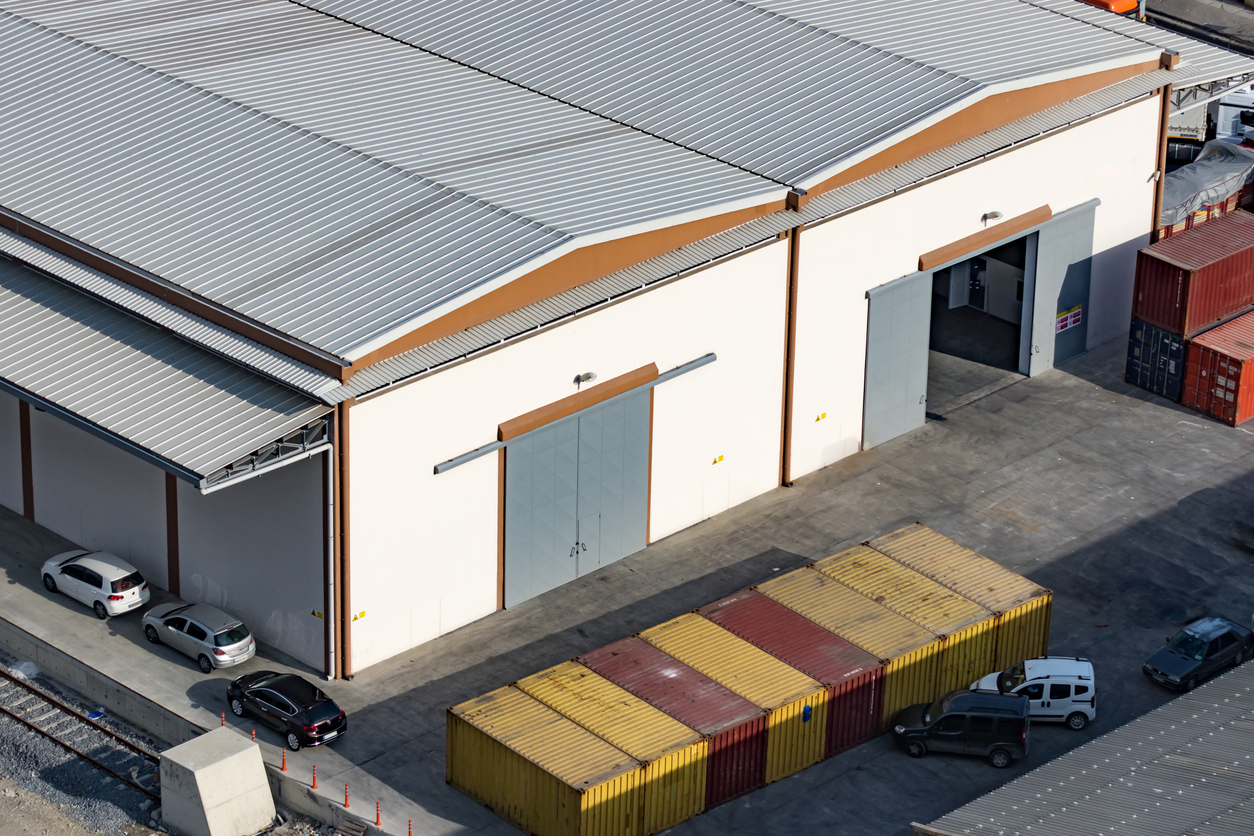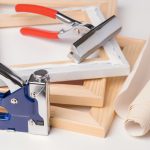Owning property comes with a list of responsibilities. You pay attention to the plumbing, the electrical systems, the paint, and the floors. But what about the one thing that covers all of it? Your roof isn’t just overhead protection. It’s a major part of your building’s value.
And if it’s damaged, worn, or just neglected for too long, that value can start to drop fast. The tricky part is, roof issues don’t always announce themselves. There may be no leaks or missing shingles in plain sight. Meanwhile, moisture is creeping in, materials are breaking down, and buyers are losing interest.
In this article, you’ll get a better sense of how roofing issues affect property value and what you can do now to avoid a costly surprise later.
The Hidden Cost of Neglect
When most people think of roof problems, they picture water stains or mold creeping into the ceiling. Yes, those are serious. However, the damage often goes deeper. An aging or poorly maintained roof sends a message, and it’s not a good one. It tells people the building hasn’t been cared for. It hints that there may be other problems hiding out of sight.
That feeling sticks. Whether you’re trying to sell the place, lease it, or just maintain its value for appraisal, a worn-out roof can bring the numbers down quickly.
Even minor signs of wear like curling shingles, sagging lines, or faded patches can impact you negatively. The roof isn’t just protection. It’s also a presentation. It is one of the first things inspectors and potential buyers notice. And if it’s in poor condition, it encourages them to start digging deeper for more problems.
Inspections Are More Than Just a Checklist
A roof doesn’t face the same conditions everywhere. Local climate plays a huge role in how long roofing materials last and what kind of maintenance they need. In cities like Memphis, where summer heat can be intense and storms often roll in without warning, roofs face unique stress. High humidity, strong winds, and sudden temperature shifts all combine to wear down even well-installed roofs faster than many people expect.
That’s why working with someone who understands the local environment makes a real difference. A Memphis roofer who has seen how the regional weather patterns affect different roofing systems will know where to look for early signs of trouble. Such professionals don’t just fix what’s broken. They help you understand what might be at risk next, and that’s how real value is preserved.
Moisture Is the Silent Killer
A slow leak might not even show up inside the building right away. However, it could be soaking insulation, weakening decking, or slowly compromising the structure. Unless you check regularly, you may not catch the signs until they are serious and expensive.
Rot, rust, and mold thrive on that kind of hidden moisture. So do termites and other pests. You might assume it’s just a minor roof problem. In reality, it could be quietly damaging your building from within.
This is the kind of issue that can dramatically reduce a property’s value without giving you much warning. A neglected roof is often just one part of a much bigger set of concerns. Buyers and tenants with experience can sense this.
Energy Efficiency Suffers Too
Something that often surprises building owners is how much a bad roof can affect their energy bills. If there are gaps, poor insulation, or roofing materials that have degraded over time, it becomes harder to keep your building warm in the winter or cool in the summer.
This problem is even more noticeable in larger homes or commercial properties. Your HVAC system has to work harder, which raises your energy use. That means higher bills every month. These costs add up, and buyers are more aware of them than ever. Energy efficiency is no longer optional. If your building can’t deliver it, the value goes down.
What You Can Do Now
By the time you see water spots on the ceiling or a buyer backs out, the damage is already done. These moments cost you time, money, and credibility.
Instead of waiting for a big problem, get ahead of it. Schedule inspections regularly. Pay attention after storms. Take photos and keep track of what’s been repaired. When something does need work, choose professionals who know your area and understand the long-term impact of weather and materials.
Suppose you’re unsure about where your roof stands; even a short conversation with a qualified roofer can offer clarity. That bit of information now might save you from a much bigger headache later.
Final Thoughts
Your roof isn’t just a structure. It plays a major role in how your building looks, how it functions, and how much it’s worth. Ignoring it might feel easy, especially when nothing seems wrong. But damage often builds quietly and then shows up all at once. Taking care of your roof protects everything underneath it and everything you’ve invested in that property. Keep it strong, keep it clean, and don’t let it take away from the value you’ve worked so hard to build.










